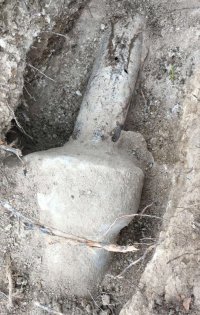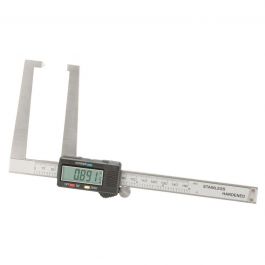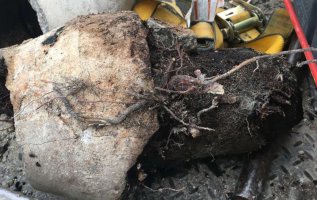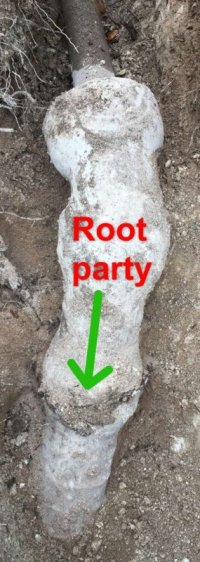Thanks all for the replies. Here's what I found:
(1) If the job goes into the right of way, a permit is required, and I have to use one of the special contractors who are authorized to work in the right of way.
(2) There are only like 5 plumbers in Austin, TX with that authorization, out of dozens and dozens of licensed plumbers. That's after I found the City's list of such contractors on their website, which they do an excellent job of hiding. And once you find it, plumbers are lumped in with concrete specialists, GC's, etc. And there's zero contact info for any of them.
(3) Only one of those five plumbing contractors has only a minor percentage of negative reviews on Yelp. Two of them have a non-trivial percentage of negative reviews, and two don't have any reviews at all.
(4) I wrote the first two to request a bid. One wrote back and quoted $3350, even though I made it clear that I've already done all the trenching and can backfill myself. The other didn't reply at all.
(5) That contractor who replied did offer that "We would typically cut the concrete pipe before the bell in your photo, and install a concrete to pvc shielded coupling." But there is no concrete pipe, it's cast iron, as I said in my email message. While I'm curious about how he'd handle the connection with the cast iron, I'm loathe to ask for clarification because I'm not going to hire him, because $3350 is too much to stomach, so how he'd handle the connection is moot. Instead, I'll cut the cast iron pipe right before the right of way and connect my new PVC to the old cast iron with a flexible coupling, so no permit is needed.





